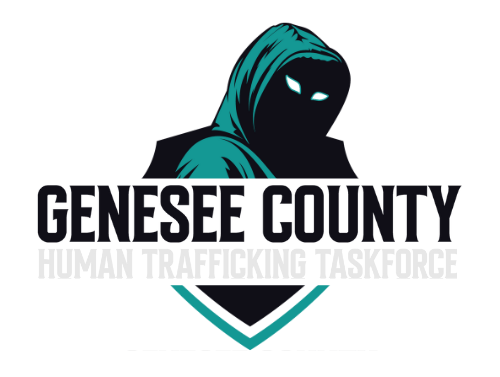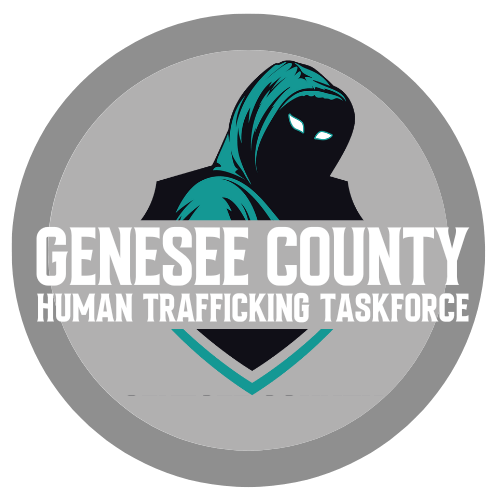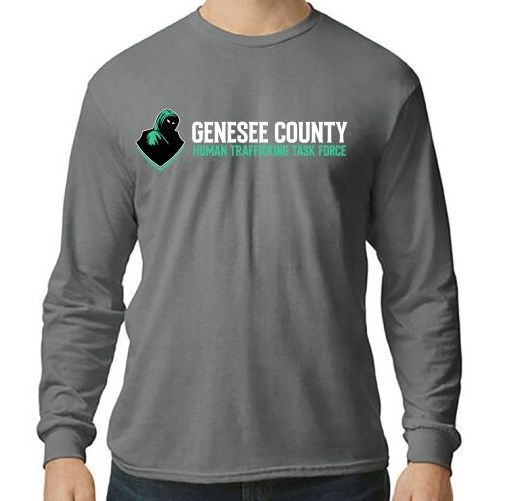
What is Human Trafficking?
Human trafficking, also known as trafficking in persons, is a crime that involves compelling or coercing a person to provide labor or services, or to engage in commercial sex acts. The coercion can be subtle or overt, physical or psychological. Exploitation of a minor for commercial sex is human trafficking, regardless of whether any form of force, fraud, or coercion was used. - U.S. Department of Justice
Who are the victims?
Victims of human trafficking can be young children, teenagers, men and women. They can be U.S. citizens, Lawful Permanent Residents (LPRs) or foreign nationals, and they can be found in urban, suburban, and rural areas.
A victim could be a man who does not speak English who is suspiciously injured “on the job” and shows signs of old bruising. A victim could be an abused woman who doesn’t know what city she is in when brought to the emergency room, and who is accompanied by a controlling companion who insists on speaking for her. A victim could be a fearful individual who quietly slips in and out of a local church on Sunday morning, or a child who lives in the neighborhood, yet doesn’t go to school or play outside. - U.S. Dept of Health and Human Services
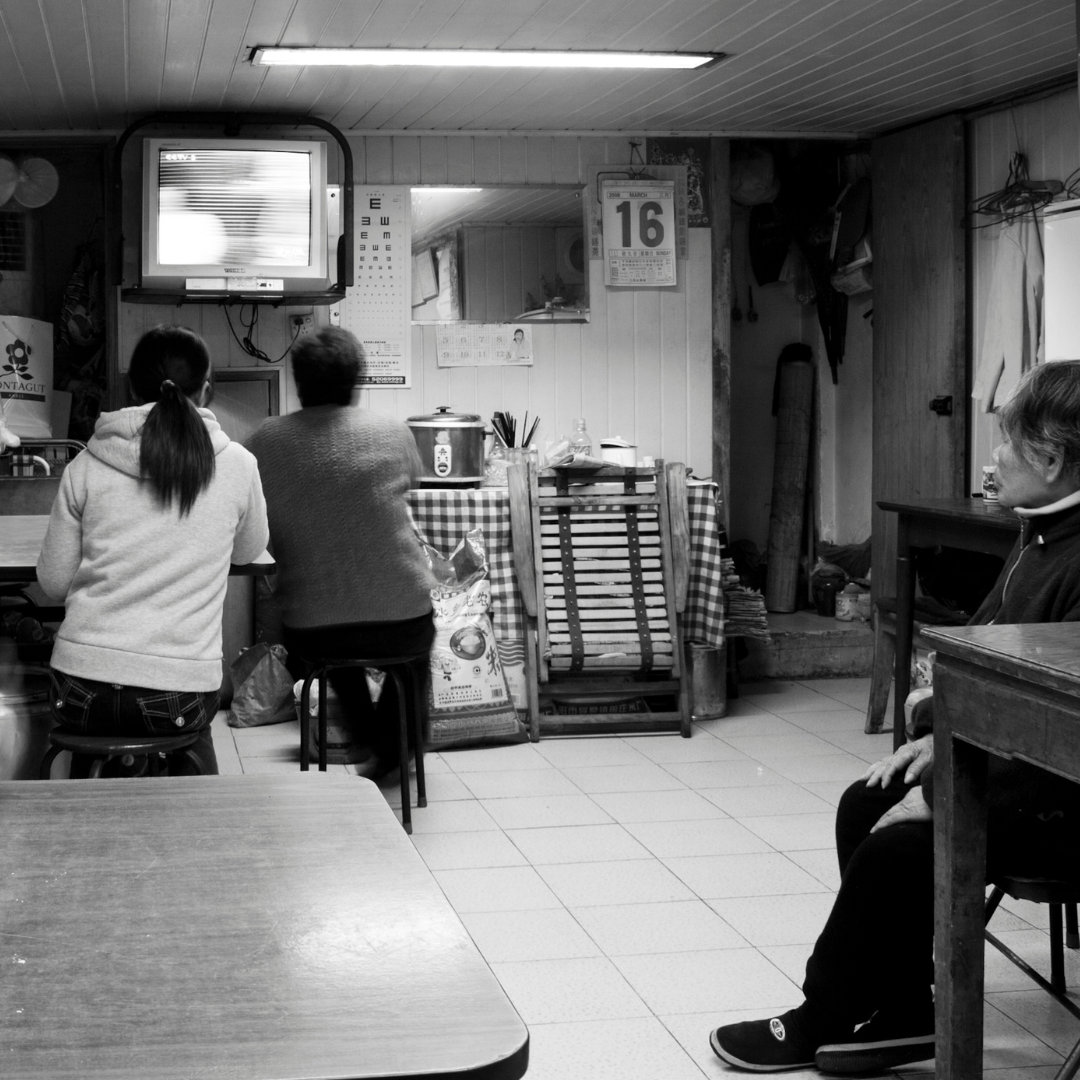
Labor Trafficking
Labor traffickers often make false promises of a high-paying job or exciting education or travel opportunities to lure people into horrendous working conditions. Yet, victims find that the reality of their jobs proves to be far different than promised and must frequently work long hours for little to no pay. Their employers exert such physical or psychological control – including physical abuse, debt bondage, confiscation of passports or money – that the victim believes they have no other choice but to continue working for that employer. - Polaris Project
Sex Trafficking
Sex traffickers use violence, threats, lies, debt bondage, and other forms of coercion to compel adults and children to engage in commercial sex acts against their will. Under U.S. federal law, any minor under the age of 18 years induced into commercial sex is a victim of sex trafficking—regardless of whether or not the trafficker used force, fraud, or coercion.
The situations that sex trafficking victims face vary dramatically. Many victims become romantically involved with someone who then forces or manipulates them into prostitution. Others are lured in with false promises of a job, such as modeling or dancing. Some are forced to sell sex by their parents or other family members. They may be involved in a trafficking situation for a few days or weeks, or may remain in the same trafficking situation for years. -
Polaris Project

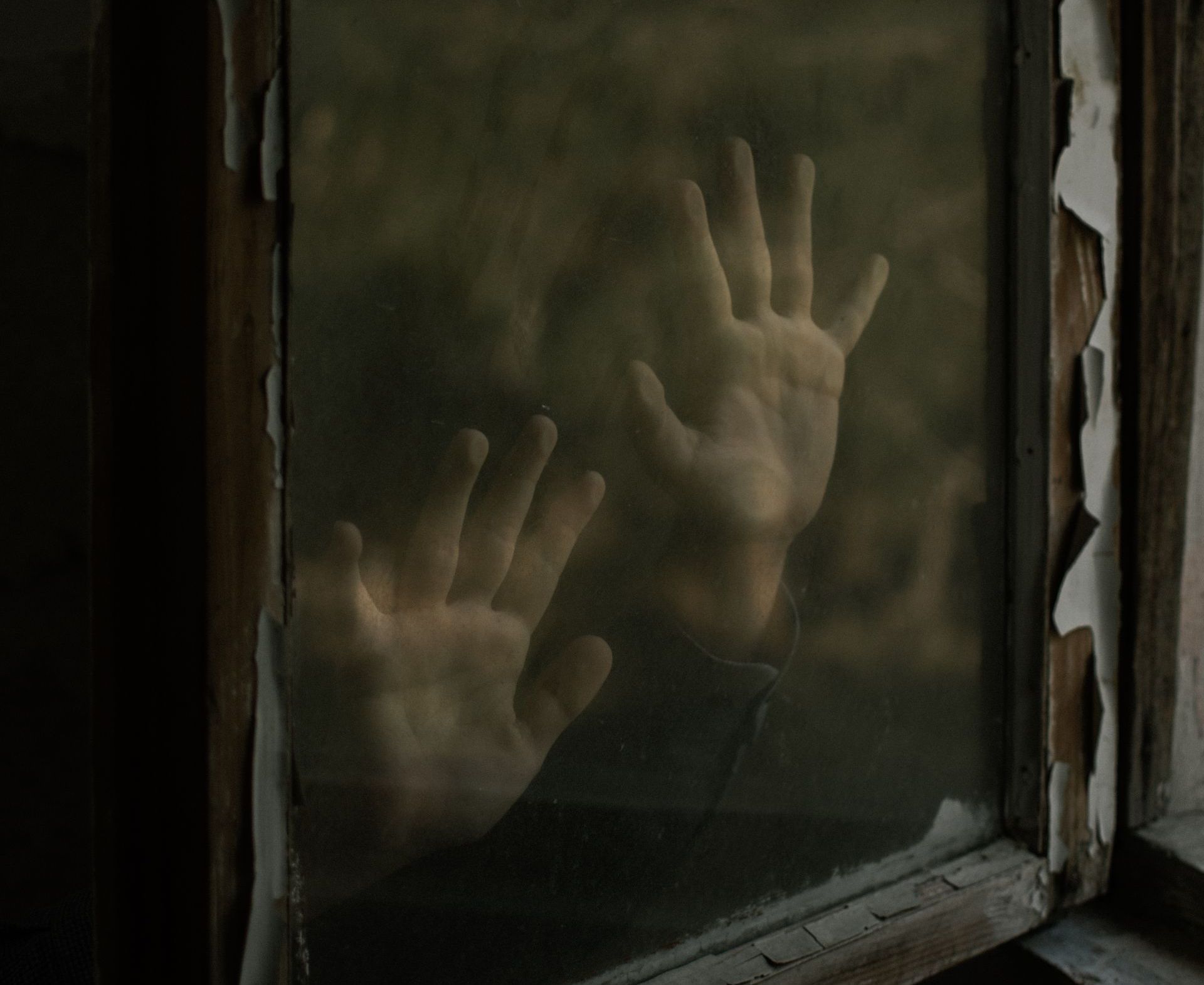
Why Don't They Just Leave?
Traffickers of both labor and sex trafficking use fear, threats, and intimidation to keep their victims bridled to them. In labor trafficking situations, victims are sometimes taken to a new country by someone that has promised the victim's family a better life. This means that the trafficker knows the victim's family and can make threats to harm them if the victim tries to leave or go to the authorities. Similar threats can happen in a sex trafficking situation. Other factors that keeps sex trafficking victims on the streets are drug addictions, loss of self worth, lack of personal identification, criminal record, fear of authorities, and shame. If a victim wanted to leave, they often feel that they have no place to return to.
